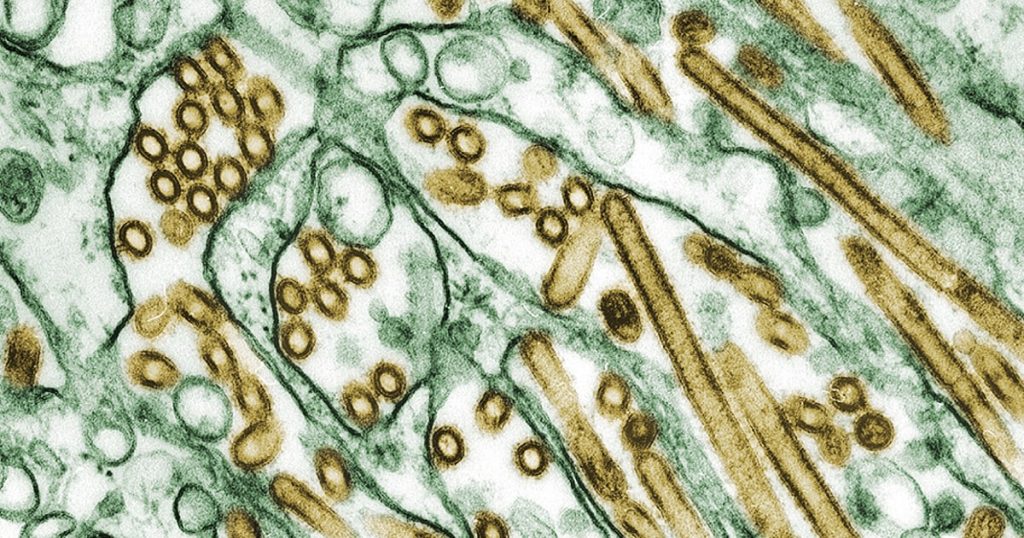A teenager in critical condition at a British Columbia children’s hospital is suffering from Canada’s first presumptive human case of avian influenza. The provincial health officer, Bonnie Henry, reported that the teenager was previously healthy with no underlying conditions, making the severity of the illness particularly concerning. The progression of the virus in young people can be rapid and lead to severe illness, as seen in this case. The exact strain is still being identified, but it is assumed to be H5N1, a subtype of bird flu. The World Health Organization states that the risk of H5N1 transmission to humans is low, but cases can occur through contact with infected birds.
The teenager first developed symptoms on November 2 and was admitted to the hospital on November 8. Symptoms included conjunctivitis, fever, and coughing, leading to acute respiratory distress syndrome. There was no exposure to farms, but the teenager had been in contact with dogs, cats, and reptiles. Health officials are investigating the source of infection. In the United States, bird flu has affected nearly 450 dairy farms in 15 states, with 46 human cases identified since April. In British Columbia, at least 26 premises have been affected, and wild birds have tested positive. There have been no reported cases in Canadian dairy cattle, and no evidence of bird flu in milk samples.
H5N1 has historically been associated with critical and fatal illness, although cases have tended to be mild in some instances. Dr. Amesh Adalja, an infectious disease expert, emphasizes the importance of confirming the subtype of the virus in this case. The increase in animal cases, including cattle in the U.S., raises concerns about the potential for human transmission. The teenager’s case highlights the need for ongoing investigations into the source of infection and the spread of avian flu. Health officials are closely monitoring the situation and working to prevent further cases in both animals and humans.
The rapid deterioration of the teenager’s condition serves as a reminder of the seriousness of avian influenza and the potential for severe illness in young people. Health experts stress the importance of early detection and treatment to prevent complications from H5N1. The teenager’s case is a rare occurrence in Canada, but it highlights the global threat of emerging infectious diseases like avian flu. Proper precautions, such as avoiding contact with sick animals and practicing good hygiene, can help reduce the risk of transmission. The ongoing investigation will provide more information about the specific subtype of H5N1 and potential sources of the infection.
Bird flu outbreaks in both animals and humans pose a significant public health challenge, requiring coordinated efforts to contain the spread of the virus. Health authorities in Canada and the U.S. are taking proactive measures to monitor and control avian flu cases, working to prevent further illnesses in both animals and humans. The teenager’s case underscores the importance of vigilance and prompt action in responding to emerging infectious diseases. By identifying and addressing the source of infection, health officials can minimize the impact of avian influenza and protect the health of both individuals and communities. Cooperation between local, national, and international health agencies is essential in ensuring effective disease control and prevention measures.













